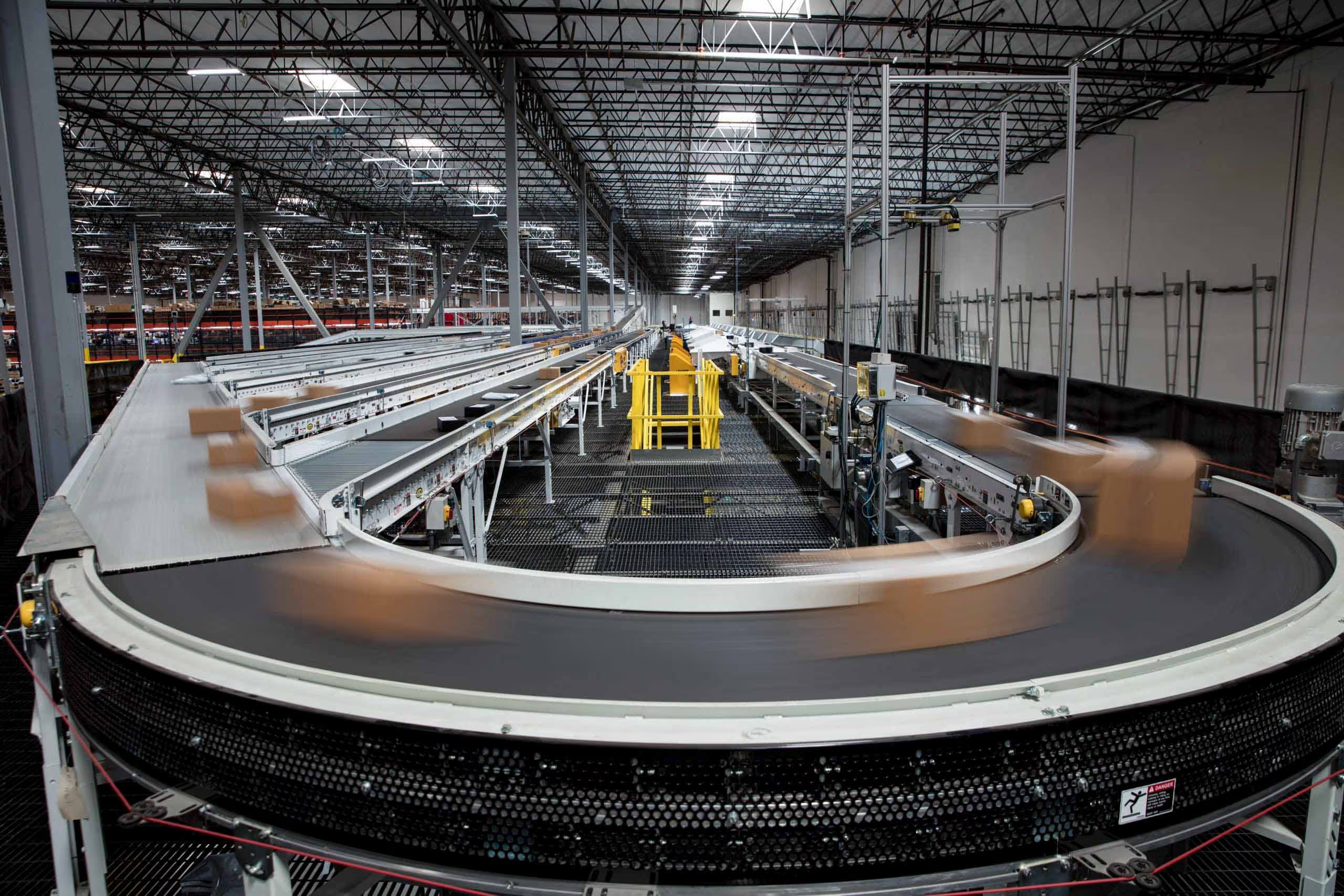This is how supply chain planning works today

Everyone must be on board
The nature of our supply chains has been a major issue for years: they are supposed to function globally while being as efficient, flexible and, above all, resilient as possible. All this only works with good planning.
What is supply chain planning?
Supply chain planning is the forward-looking process that coordinates all resources along the supply chain for service delivery - from customer to supplier. The whole process is customer-driven and starts with the customer's demand. Accordingly, all sub-steps must be coordinated in such a way that this need can ultimately be met by the respective products or services.
In this context, good Sales & Operations Planning (S&OP) ensures that all necessary resources are available. It answers essential questions such as:
- Do we have sufficient stock?
- Are the right quantities in the right place at the right time?
- How do the products get from A to B?
- Which raw materials need to be purchased and when?
- etc.
Planning tools provide transparency
In the past, these plans were often executed in Excel - or the previous year's plans were simply copied and slightly adjusted. Unfortunately, this is no longer sufficient in today's complex and volatile world. Especially in supply chain planning, errors can quickly paralyze production - and thus become very expensive.
Appropriate planning tools promise to help. They can provide transparency and give good indications for sales forecasts with predictive forecasts. The simulation of various scenarios also helps to make the right decisions quickly. What does it mean, for example, if materials are 14 days late due to delivery bottlenecks? What adjustments can be made?

Tool selection is like buying a car
Choosing the right tool works like buying a car: First, you have to consider what kind of car you need (station wagon, small or sports car), by when you need it and how much budget you have available. Similar criteria apply when choosing the right planning tool:
- What does my planning process look like?
- What do I want to depict?
- How individual do the planning steps have to be?
- What data is available and in what quality?
- How much time and money do we want to invest?
Everyone must be on board
When designing and implementing the planning solution, many different areas must be involved. Depending on the organization of the company, this mainly concerns logistics, supply chain and demand planning, controlling as well as IT and production. In some companies, customers or suppliers are also involved in extended planning.
Since the departments and processes are all closely interconnected and interdependent, the biggest challenge for supply chain planning is to bring all these parties "under one hat". In the current podcast from the Logistik4punktnull series powered by Board, you can find out how this can be achieved with process visualization or guided planning, for example, and what role data quality plays.






